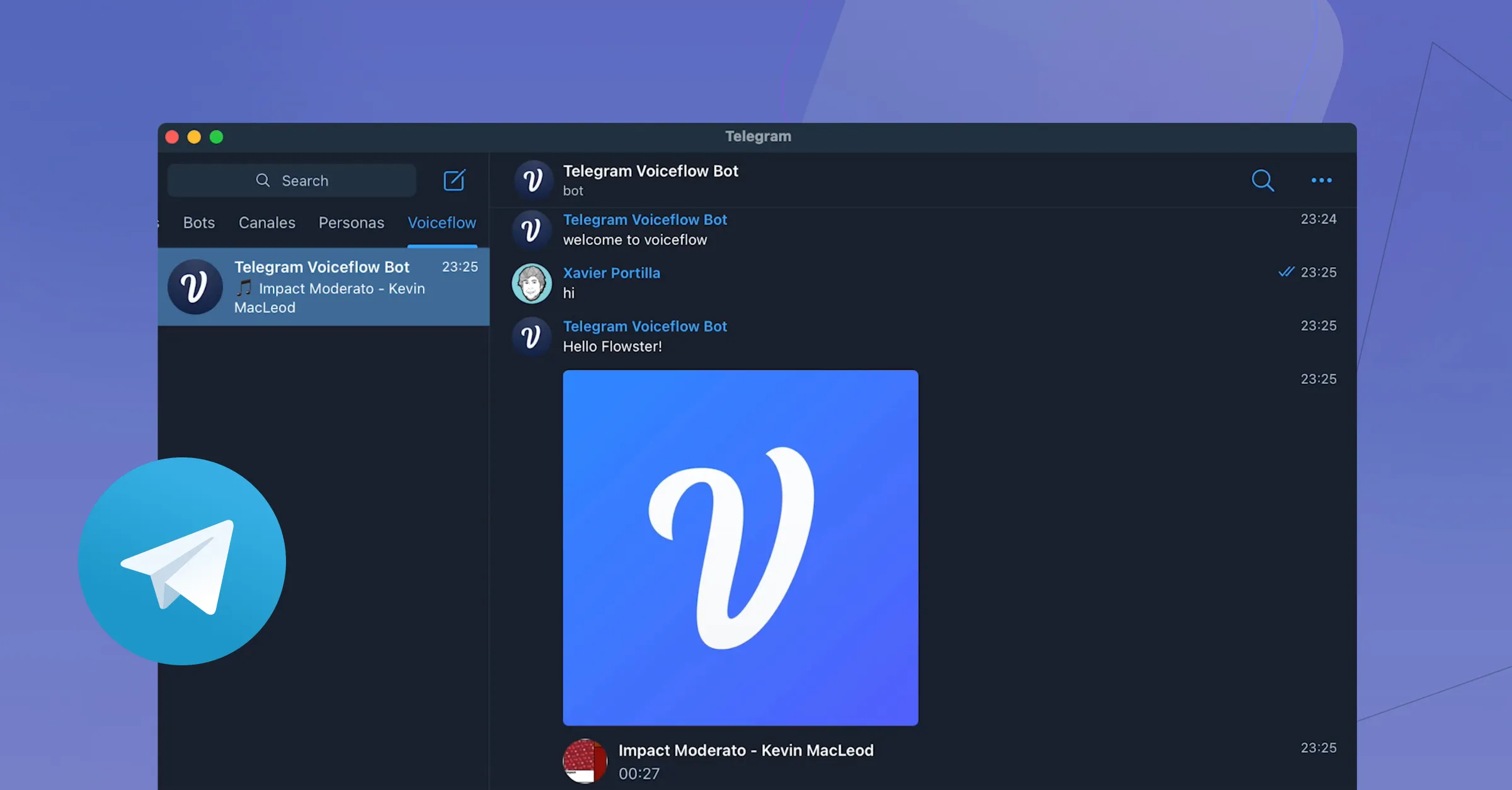What is the Voiceflow ASR Demo?
The Voiceflow ASR Demo is a test page that demonstrates ASR capabilities using OpenAI’s Whisper model. The project consists of a simple webpage that captures audio from the user’s microphone, sends it to your custom endpoint, and displays the transcribed text and the time it took to render the transcription.
Key features
- Start and stop recording with a button
- Auto-end recording after a specified duration of silence
- Utilizes a Docker container to run the ASR webservice locally
- Uses a proxy to avoid CORS issues
Setting up the Voiceflow ASR Demo
To get started, you'll need Node.js and Docker installed on your machine. Follow these steps to set up the demo:
- Clone the repository: git clone https://github.com/voiceflow-gallagan/whisper-asr-demo.git
- Change to the project directory: cd whisper-asr-demo
- Install the required dependencies: npm install
- Pull and run the Docker container for the ASR webservice: docker run -d -p 9000:9000 -e ASR_MODEL=base.en onerahmet/openai-whisper-asr-webservice:latest
- Start the proxy server: npm start
Now, the proxy server should be running at http://localhost:3000. Open the index.html file in your browser to test the ASR demo.
Using the Voiceflow ASR Demo
- Click the “Start Recording” button to start capturing audio from your microphone.
- Speak into your microphone.
- The recording will stop automatically after a specified duration of silence (2 seconds by default) or can be manually stopped by clicking the “Stop Recording” button.
- The transcribed text and the time it took to render the transcription will be displayed on the page.
Do more with OpenAI's Whisper model
This demo should be a good start for you to provide an efficient and customizable way to leverage OpenAI’s Whisper model for ASR in your Voiceflow Voice Assistants. By using a local or server-hosted Docker container, you can avoid relying on external APIs and maintain greater control over your data.
Thanks to Ahmet Oner for sharing the whisper-asr-webservice we're using in this demo. Do not hesitate to check it to find more information and details to use a different model.
What is the Voiceflow ASR Demo?
The Voiceflow ASR Demo is a test page that demonstrates ASR capabilities using OpenAI’s Whisper model. The project consists of a simple webpage that captures audio from the user’s microphone, sends it to your custom endpoint, and displays the transcribed text and the time it took to render the transcription.
Key features
- Start and stop recording with a button
- Auto-end recording after a specified duration of silence
- Utilizes a Docker container to run the ASR webservice locally
- Uses a proxy to avoid CORS issues
Setting up the Voiceflow ASR Demo
To get started, you'll need Node.js and Docker installed on your machine. Follow these steps to set up the demo:
- Clone the repository: git clone https://github.com/voiceflow-gallagan/whisper-asr-demo.git
- Change to the project directory: cd whisper-asr-demo
- Install the required dependencies: npm install
- Pull and run the Docker container for the ASR webservice: docker run -d -p 9000:9000 -e ASR_MODEL=base.en onerahmet/openai-whisper-asr-webservice:latest
- Start the proxy server: npm start
Now, the proxy server should be running at http://localhost:3000. Open the index.html file in your browser to test the ASR demo.
Using the Voiceflow ASR Demo
- Click the “Start Recording” button to start capturing audio from your microphone.
- Speak into your microphone.
- The recording will stop automatically after a specified duration of silence (2 seconds by default) or can be manually stopped by clicking the “Stop Recording” button.
- The transcribed text and the time it took to render the transcription will be displayed on the page.
Do more with OpenAI's Whisper model
This demo should be a good start for you to provide an efficient and customizable way to leverage OpenAI’s Whisper model for ASR in your Voiceflow Voice Assistants. By using a local or server-hosted Docker container, you can avoid relying on external APIs and maintain greater control over your data.
Thanks to Ahmet Oner for sharing the whisper-asr-webservice we're using in this demo. Do not hesitate to check it to find more information and details to use a different model.







.svg)